Let there be light!
Ever since early humans stumbled onto the miraculous power of fire to hold the night at bay, we’ve been hooked.
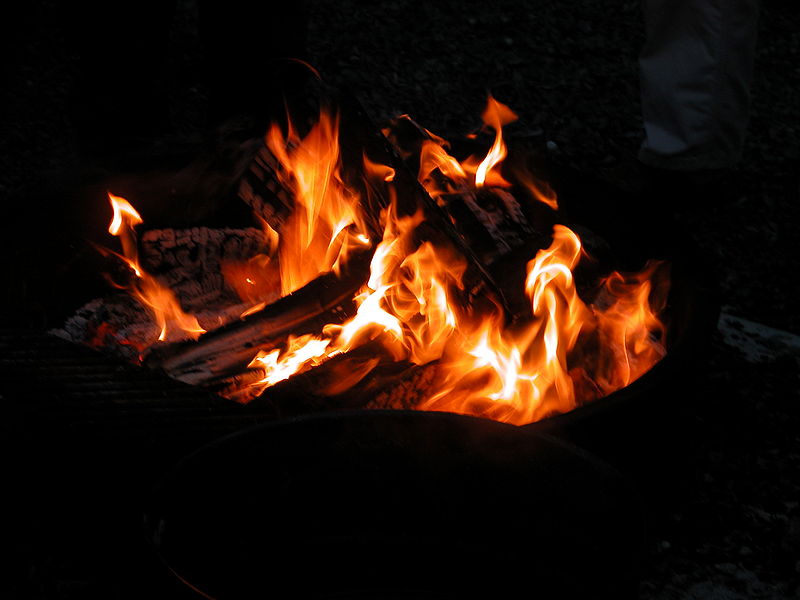
Photo by ltfhenry via Wikimedia Commons
Candles …
Streetlights …
Tiffany table lamps …
Fiberoptics …
Fruit?

No, it’s not an optical illusion—you are seeing a glowing orange!
This is the work of Caleb Charland, whose artistic creations play upon a marvelous middle school science fair concept: the potato battery.
Or, in the case of the photo below, an entire potato field battery …
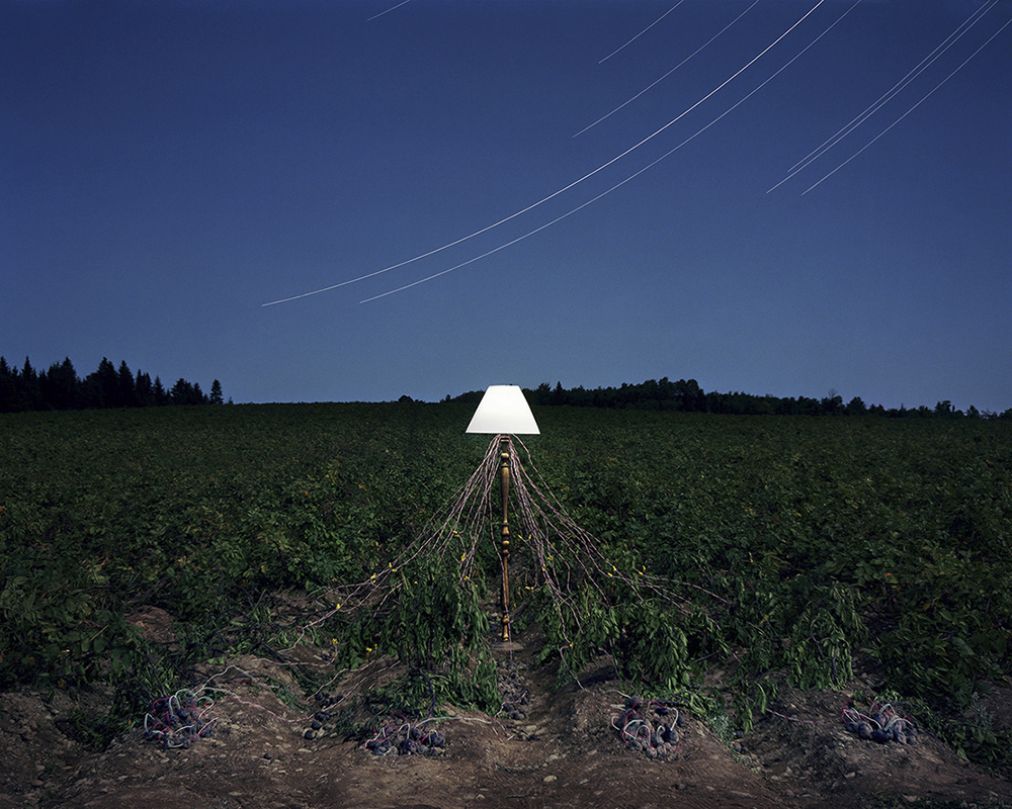
Potato Power, LaJoie Growers LLC, Van Buren, Maine 2012 by Caleb Charland
“By inserting a galvanized nail into one side of a potato and a copper wire in the other side, a small electrical current is generated. The utter simplicity of this electrical phenomenon is endlessly fascinating for me,” explains Charland. “Many people have had the experience of drawing power from fruit in the classroom, and it never ceases to bring a smile to the face or a thought to the mind. This work speaks to a common curiosity we all have for how the world works, as well as a global concern for the future of earth’s energy sources.”
The farm pictured above, LaJoie Growers in Maine, was the site of Charland’s first commercial farm “studio.”
“There is a lot of preproduction for the outdoor installations,” Charland told Modern Farmer. “For the potato shot specifically, it was two or three days of work because I dug up all of the potatoes and wired them and got the voltage right, and then buried them back in the ground because I wanted the wires to be coming out of the ground. When the setup is all done, I spend one or two nights shooting the scene. I’ll have two or three cameras set up, and the exposures will be set anywhere from four to eight hours long and I usually camp out there, start the exposure, set an alarm clock, and then finish the exposure.”
Charland says that it’s possible to elicit electricity from practically any produce. You just need a galvanized nail, wires, and the know-how to put it all together. The electrolytes in the produce cause the chemical reaction to occur that results in light.













































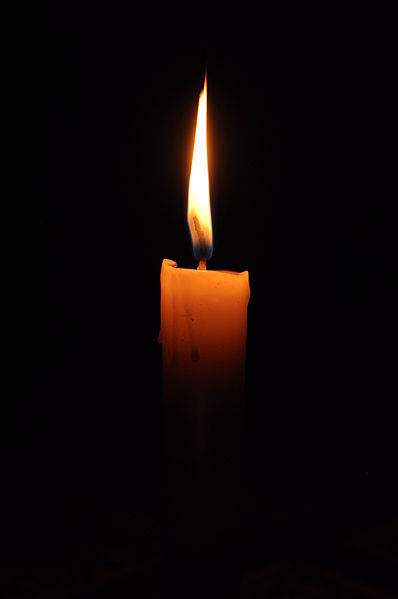
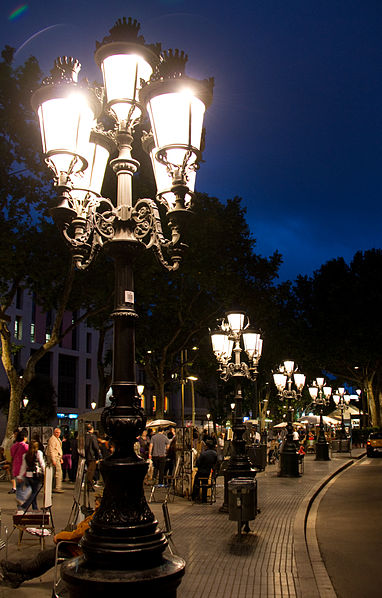
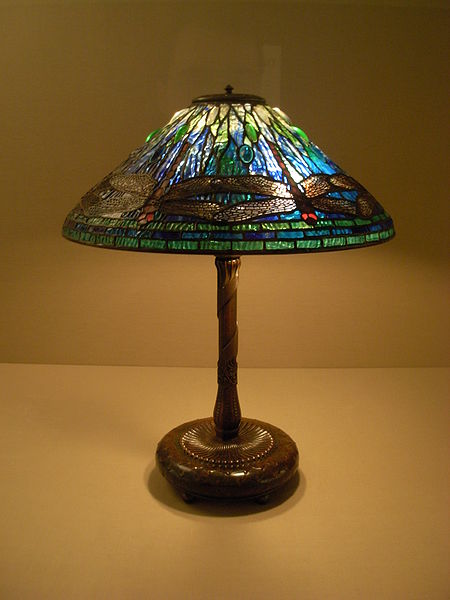
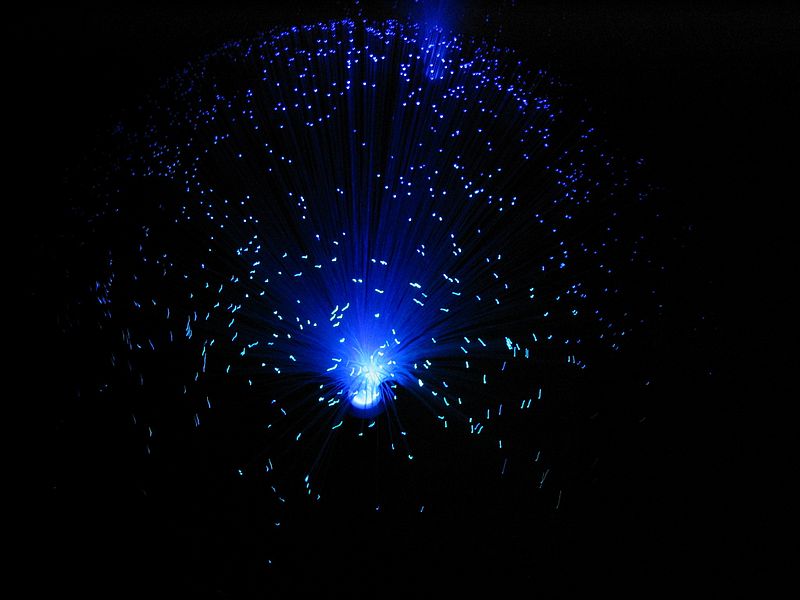
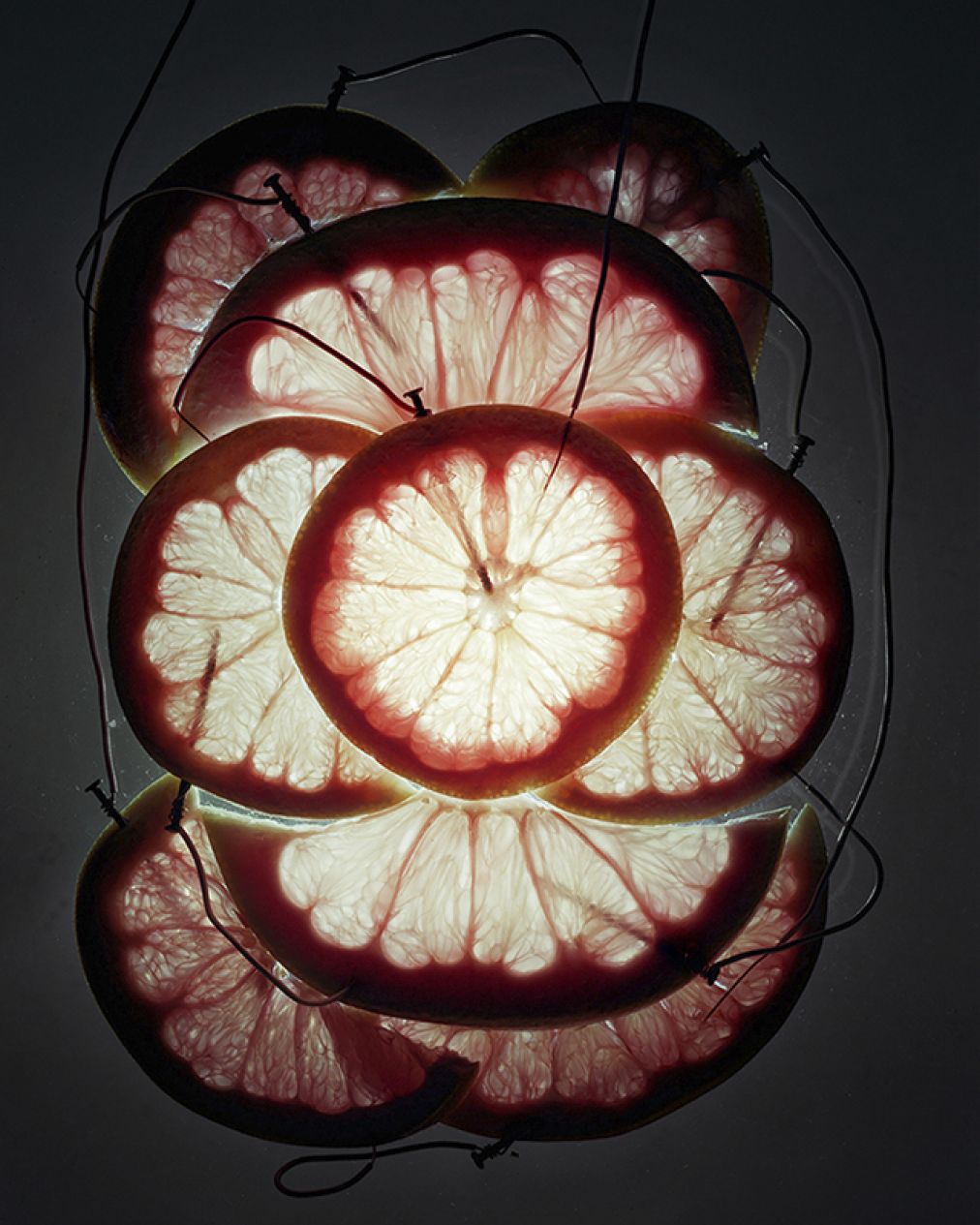

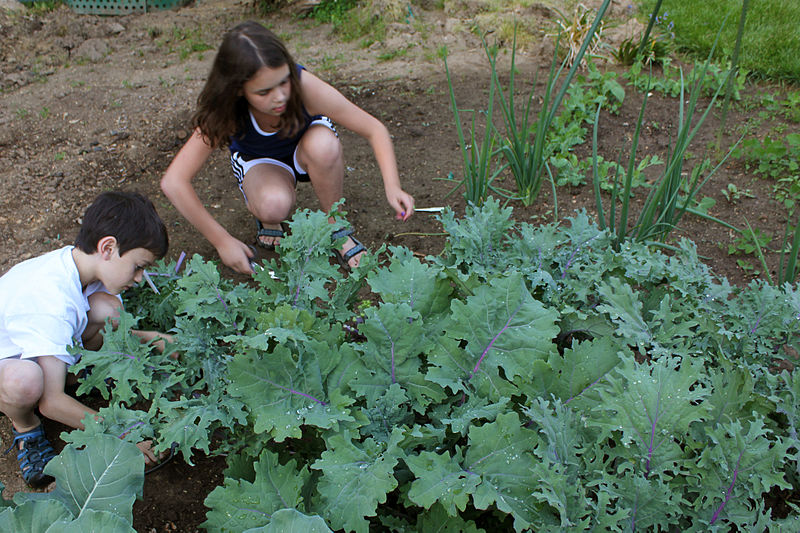
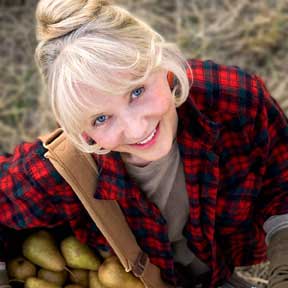

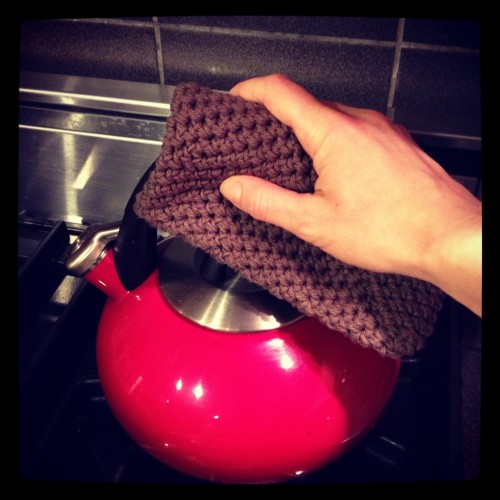

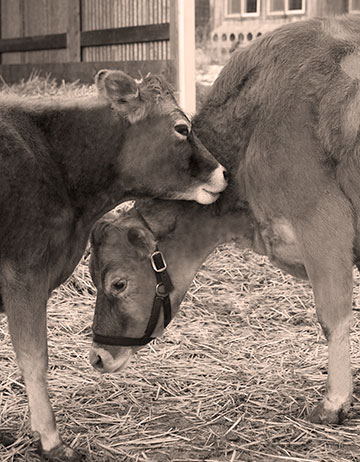 Here’s Etta Jane (2+ years) with her only calf so far, Eliza Belle (8 months). Etta Jane is three months along with another calf. Jerseys often darken in the winter, only to turn fawn-colored again in the spring when they lose their winter coats.
Here’s Etta Jane (2+ years) with her only calf so far, Eliza Belle (8 months). Etta Jane is three months along with another calf. Jerseys often darken in the winter, only to turn fawn-colored again in the spring when they lose their winter coats.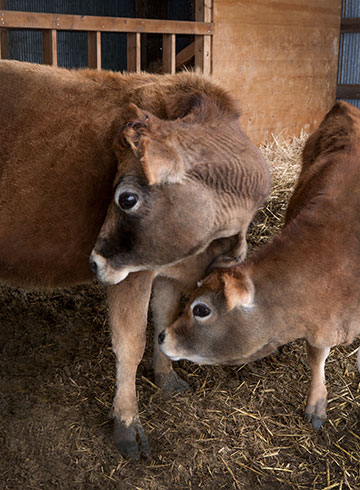 And here’s Maizy with her latest addition (third calf—second calf was a boy, Otis), Rose Etta (two weeks old).
And here’s Maizy with her latest addition (third calf—second calf was a boy, Otis), Rose Etta (two weeks old).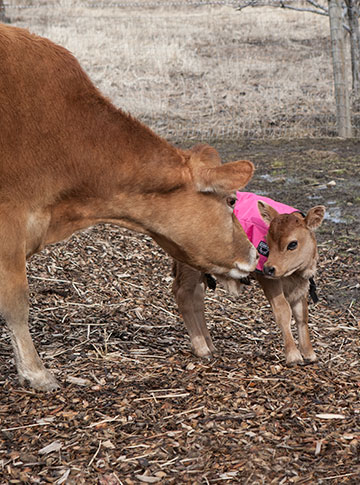 Lots of daily grooming and stimulation. Speaking of saliva baths, I remember my mother getting all five of us kids loaded into the car to go somewhere and discovering a spot on someone’s face. She’d put a bit of her hankie into her mouth, wet it, and then rub the spot off. Anyone else’s mother do that?
Lots of daily grooming and stimulation. Speaking of saliva baths, I remember my mother getting all five of us kids loaded into the car to go somewhere and discovering a spot on someone’s face. She’d put a bit of her hankie into her mouth, wet it, and then rub the spot off. Anyone else’s mother do that?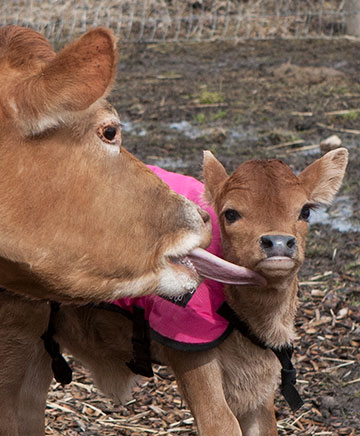



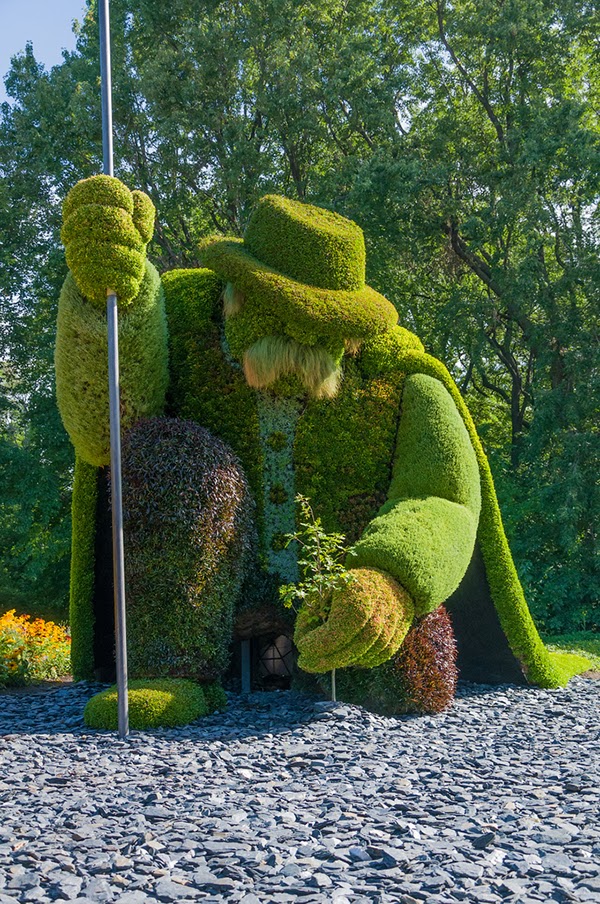
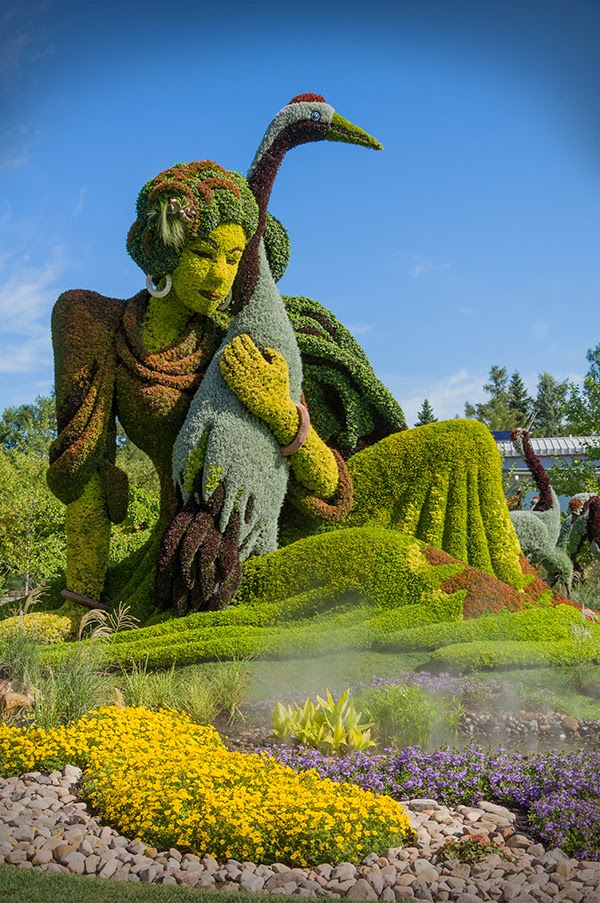


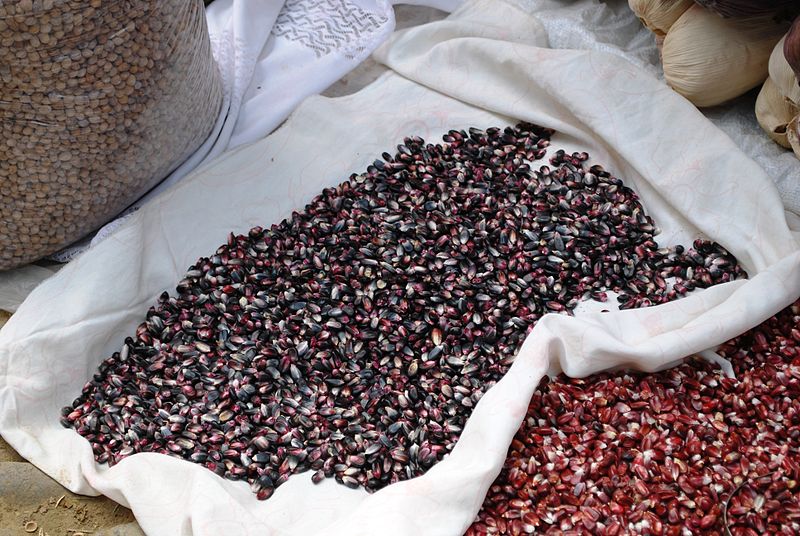





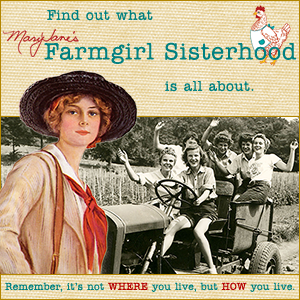


I love this! Science and art combining to make incredible experiments. That lamp in the potato field is incredible!! Thanks for sharing.
This should be e-mailed to every elementary and Montessori school. Very interesting for young minds!